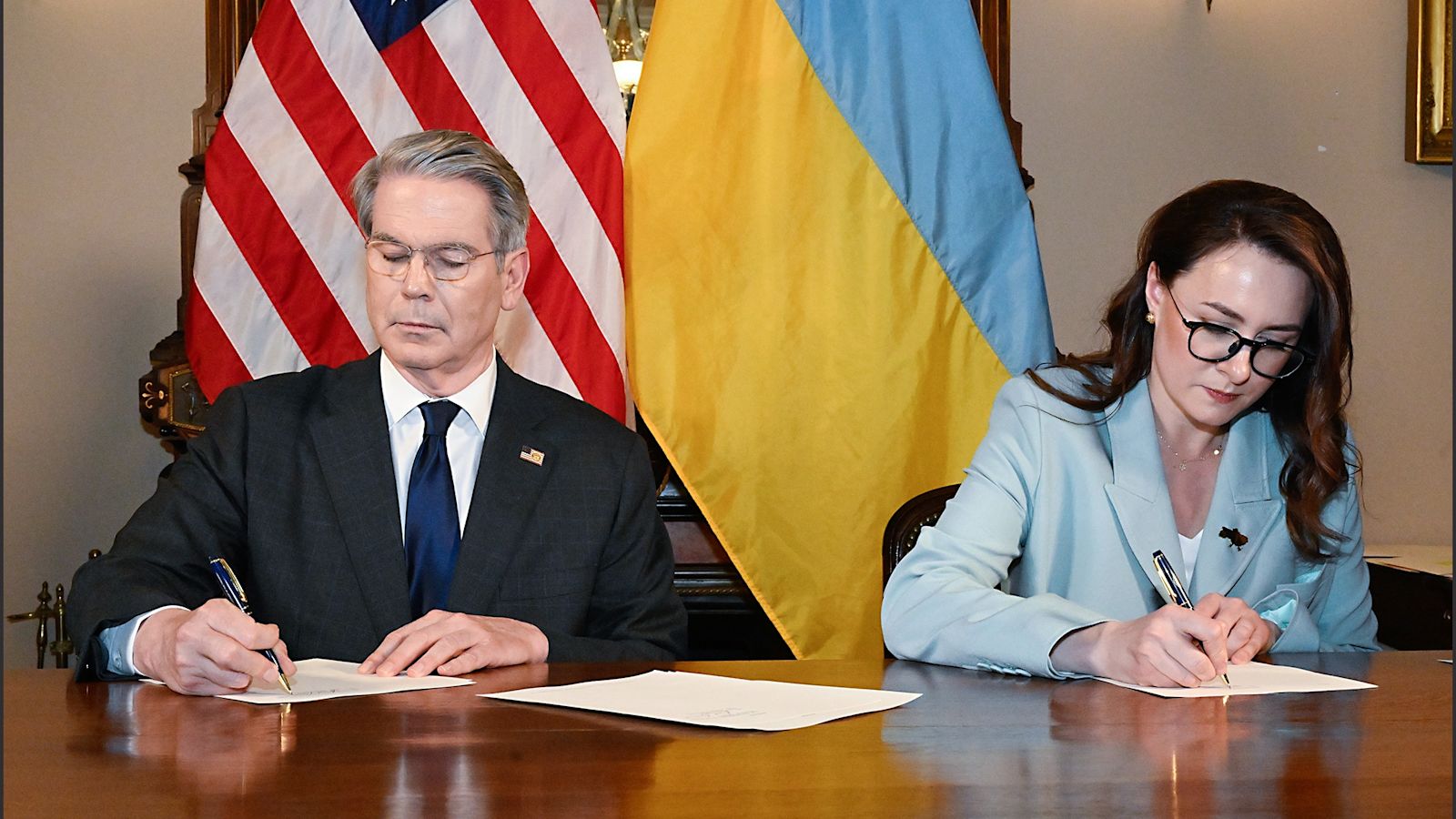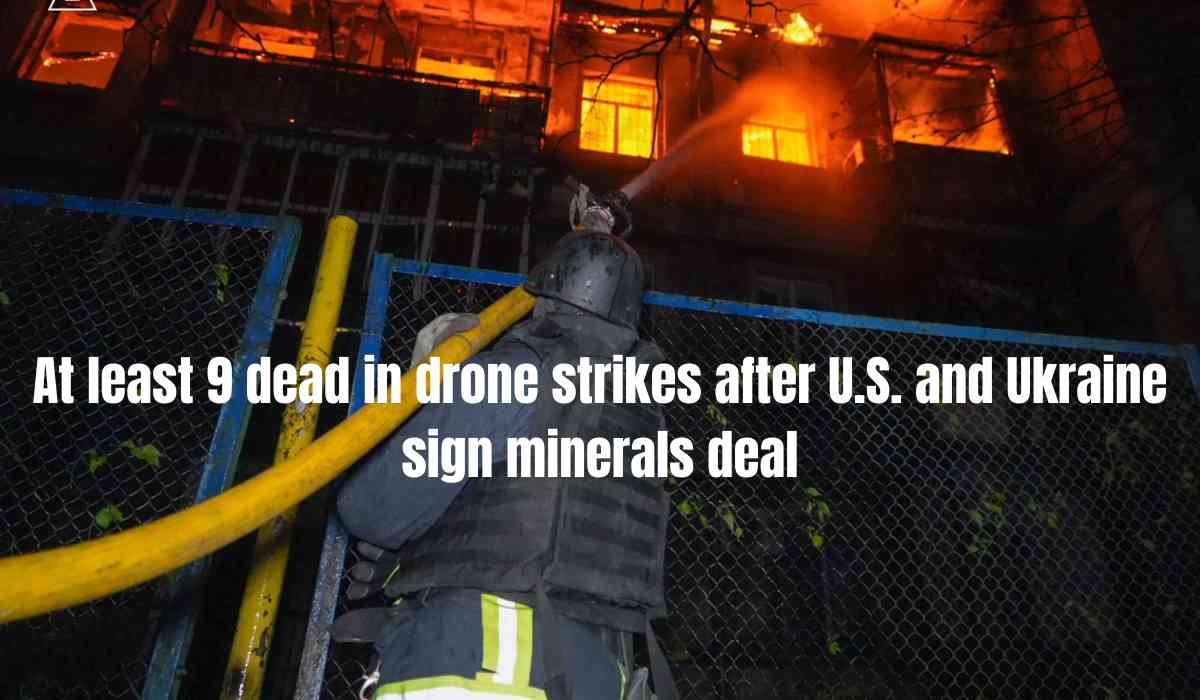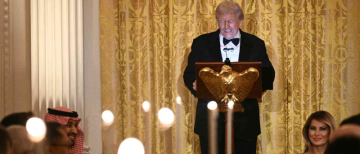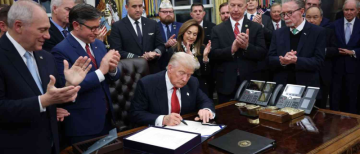In a tragic turn of events, at least 9 people were killed in Ukraine on Thursday in 2 separate drone attacks—one launched by Ukraine in the Russian-occupied Kherson region, and the other by Russia on the port city of Odesa. These deadly incidents unfolded just hours after Ukraine and the United States signed a groundbreaking minerals agreement granting American access to Ukraine’s vast mineral resources.
Deadly Drone Strikes Across Ukraine
On Thursday, a Ukrainian drone strike on the town of Oleshky in the partially occupied Kherson region resulted in the deaths of seven individuals and left more than 20 wounded, according to Moscow-appointed Governor Vladimir Saldo. The attack targeted a crowded market area, and Saldo claimed that Ukraine sent in additional drones to target survivors after the initial wave.
Simultaneously, a Russian drone assault on Odesa killed two people and injured 15 others, Ukrainian emergency services confirmed. The barrage affected apartment complexes, private homes, a supermarket, and a school. Videos shared by Odesa regional Governor Oleh Kiper depicted widespread destruction, including a high-rise building with a damaged facade, broken storefronts, and emergency crews battling flames.
In a separate incident in Kharkiv, Ukraine’s second-largest city, a drone ignited a fire at a central petrol station, Mayor Ihor Terekhov reported.
Reacting to these attacks, Ukrainian President Volodymyr Zelenskyy criticized Russia for ignoring a full and unconditional ceasefire proposal from the U.S. that had been on the table for over 50 days.
“There were also our proposals — at the very least, to refrain from striking civilian infrastructure and to establish lasting silence in the sky, at sea, and on land,” said Zelenskyy. “Russia has responded to all this with new shelling and new assaults.”

Ukraine and U.S. Finalize Strategic Minerals Agreement
The strikes came on the heels of a historic agreement signed on Wednesday between Ukraine and the United States, allowing American access to Ukraine’s critical mineral wealth. The deal, months in the making, aims to secure ongoing U.S. military and economic aid, particularly in light of growing speculation that former President Donald Trump may reduce American support during possible peace talks with Russia.
Initially proposed by President Zelenskyy last year, earlier drafts of the agreement reportedly offered the U.S. excessive control over Ukraine’s resources. However, Ukrainian officials assert that the final version is equitable and serves both nations' interests.
Key Highlights of the Agreement
-
No Repayment of Past U.S. Aid: Zelenskyy confirmed the deal does not include any clauses requiring Ukraine to repay previous American military or economic assistance.
-
Parliamentary Ratification Pending: The deal has been submitted to Ukraine's parliament for ratification, and Zelenskyy expressed the hope that there would be no delays.
-
Focus on Fair Partnership: Zelenskyy emphasized that the deal promotes joint economic gains, describing it as a “truly equal” partnership that invites investment and development.
“This is working together with America and on fair terms, when both the Ukrainian state and the United States, which help us in defense, can earn in partnership,” he added.
Secretary of State Marco Rubio, however, expressed caution regarding the broader peace process with Russia, noting that significant hurdles remain.
“They’re still far apart. They’re closer, but they’re still far apart,” Rubio told Fox News’ Hannity. “And it’s going to take a real breakthrough here very soon to make this possible.”

Ukrainian Public Reacts to the Deal
The signing of the minerals agreement has generated a range of reactions across Ukraine.
Tymofiy Mylovanov, former economy minister and president of the Kyiv School of Economics, hailed the deal as a diplomatic victory.
“This is a huge political and diplomatic win for Ukraine,” he wrote on Facebook. “The deal looks fair.”
Mylovanov clarified that Ukraine is not restricted to selling minerals exclusively to the U.S. and that both sides contribute equally—Ukraine through project revenues, and the U.S. potentially via military aid.
Among the general public, reactions were more mixed:
-
Diana Abramova, whose father is missing in action, attended a rally in Independence Square. She expressed cautious hope that the agreement would advance Ukraine’s path to victory.
-
Natalia Vysotska, a university lecturer, said she lacked details but trusted that Ukrainian experts had carefully considered the terms.
-
Iryna Vasylevska, a 37-year-old Kyiv resident, voiced disillusionment, saying, “Our land is just a bargaining chip... I feel sorry for our land and for our people.”

Russian Officials React with Hostility
Russian response to the agreement was relatively muted due to a public holiday. However, some prominent figures did criticize the deal harshly:
-
Dmitry Medvedev, deputy chair of Russia’s National Security Council, accused Trump of making Ukraine “pay” for U.S. military support with its mineral resources.
-
Vladimir Rogov, of the Russian Civic Chamber’s commission on sovereignty, called the agreement a step toward Ukraine’s “legally prescribed slavery.”

Four Lesser-Known Provisions of the Ukraine-US Minerals Deal
While the agreement has been praised as a strategic and economic partnership, several critical yet less-publicized provisions stand out:
1. No Repayment of U.S. Aid
Despite earlier discussions in Washington about using mineral profits to repay wartime aid, the final deal includes no such requirement. Zelenskyy argued against placing future debt burdens on Ukrainian generations, and Washington ultimately agreed. This decision reaffirms Ukraine's economic sovereignty.
2. Broader Than Just Rare Earths
The deal is not limited to rare earth elements used in high-tech manufacturing. It also encompasses:
-
Lithium: Crucial for batteries and electric vehicles
-
Graphite: Used in electronics and steelmaking
-
Titanium: Essential for aerospace and defense
-
Uranium: Vital for nuclear energy
Access to these resources helps the U.S. diversify its supply chains away from China, while Ukraine gains a critical foothold in global clean energy and defense industries.
3. No Obstacle to EU Membership
Some observers feared that closer economic ties with the U.S. might hinder Ukraine’s European Union aspirations. However, no such conditions were included. Analysts now view the deal as complementary to EU membership, as it modernizes Ukraine’s industry and strengthens Western integration.
4. Full Reinvestment of U.S. Profits for 10 Years
In a surprising move, the United States has committed to reinvesting all profits from the mineral partnership back into Ukraine for the first decade. These funds will be allocated toward:
-
Rebuilding war-damaged infrastructure
-
Upgrading mining operations
-
Supporting economic recovery in affected regions
U.S. officials described the reinvestment as a strategic and moral commitment, signaling long-term support for Ukraine beyond mere resource extraction.
As Ukraine continues to battle Russian aggression, the signing of the U.S.-Ukraine mineral deal marks a significant milestone. While deadly drone attacks underscore the ongoing volatility of the region, the agreement promises long-term economic and strategic benefits. Still, with public sentiment ranging from hopeful to skeptical, and Russian hostility evident, the true impact of this “historic” deal will unfold in the months and years ahead.
With inputs from agencies
Image Source: Multiple agencies
© Copyright 2025. All Rights Reserved Powered by Vygr Media.


























